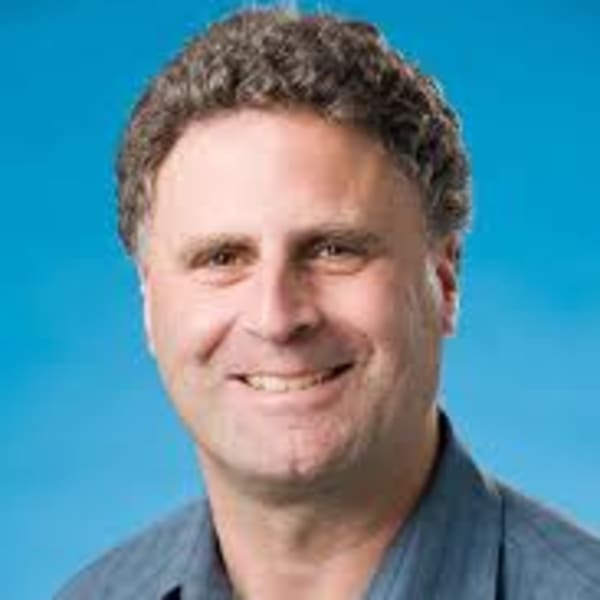Participant recruitment is one of the biggest challenges in delivering successful clinical trials globally. A 2015 analysis revealed that 19% of trials were closed or terminated early because they couldn’t source enough participants; others have shown that as many as 86% of trials don’t hit recruitment targets on schedule.
Two trials from the Australian and New Zealand Intensive Care Research Centre, within Monash University’s School of Public Health and Preventive Medicine, are tackling this problem with novel strategies that researchers hope will see these life-saving trials deliver on their full potential.

Dr Glenn Eastwood
The first trial, called TAME, rose from lead researcher Dr Glenn Eastwood’s clinical interest in improving outcomes following cardiac arrest. For those who survive the initial event and have their hearts restarted, neurological damage from lack of oxygen to the brain is often the greatest challenge.
“The two studies now recruit together, use a shared database, and have shared outcome measures.”
This randomised control trial explores whether maintaining carbon dioxide in the blood at a higher level than standard practice can improve oxygen supply to the brain. While it may seem counterintuitive, he believes doing so may encourage more blood flow and oxygen delivery to the brain, thereby reducing the degree of brain injury.
Dr Eastwood says: “At the time we were about to begin recruitment, we were aware of a research group in Sweden that was also about to start recruiting for its study, and was seeking the same type of patients. That study looks at a different treatment for these patients – lowering their core body temperature slightly. We thought it’d be really interesting to roll out our studies together, to boost recruitment and add depth to the data.
“The two studies now recruit together, use a shared database, and have shared outcome measures.”
While co-enrolment into studies isn’t new, this degree of harmonisation is rare.
“It’s worked incredibly well,” he said. “We’ve co-recruited more than 350 patients, and for TAME more than 1100 people from 56 sites across 16 countries, meaning that we’ve achieved 65% of our recruitment target, on time.
“As a result, we’ve been given the green light to proceed with the study to conclusion, which is what you want to hear as a researcher.”
By harmonising with the Swedish trial, they now also have rich data from an additional cohort of people that received both the cooling treatment and higher carbon dioxide.
“We now have this additional information that will mean that when treating clinicians speak to the loved ones of these patients, there’s even more evidence underpinning their predictions about prognosis.”
Going big, going global

Professor Carol Hodgson
Professor Carol Hodgson is a critical care researcher with Monash University’s Department of Epidemiology and Preventive Medicine.
She’s in the planning stages of another project that also uses an innovative recruitment strategy. She hopes it will reduce the time required by clinical staff to contribute data, thereby boosting recruitment.
